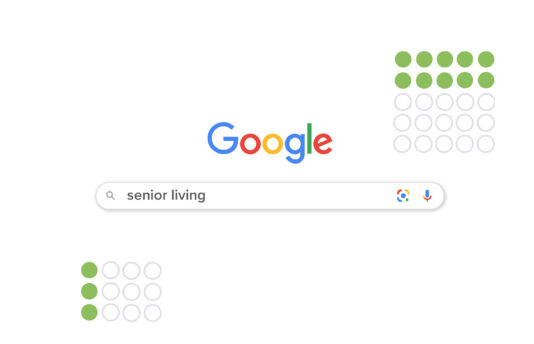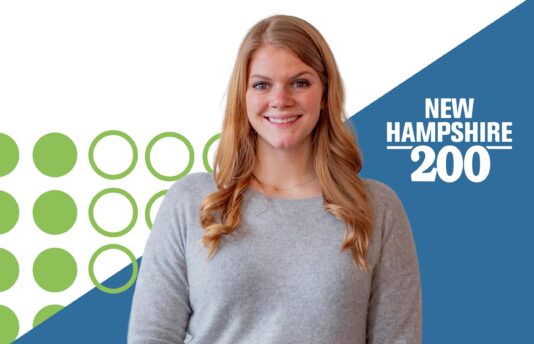As Baby Boomers—and soon Gen X—hit retirement, senior living communities must market to a more independent, Internet-savvy demographic looking for a much different lifestyle than previous generations.
That means using new tactics, such as marketing automation, to meet this demographic where they increasingly spend a lot of time: online.
The term marketing automation sounds counterintuitive to the human touch that’s required for today’s marketing. But automation does help you craft individualized email campaigns by allowing you to segment contacts and leads, meet them at specific points in the customer journey and nurture them to increase your conversions and sales.
Many people today believe that email isn’t an effective marketing strategy. Many emails hit our inboxes each day, and sometimes it seems we dismiss more than we open. But with over 4 billion users, email has a wider reach than any other channel. In addition, 99% of us check our email every day, and more than half of consumers prefer to be contacted by email, so this is still a very effective marketing channel. Consider:
- 59% of respondents said that marketing emails influence their purchase decisions.
- 50% buy from marketing emails at least once a month.
- Email open rates across all industries are 22.86% with a 3.71% CTR, compared to a .58% engagement rate for social media.
- Eighty percent of marketers saw an increase in leads with marketing automation and a 77% increase in conversions.
- More than 70% saw a return on investment in less than a year.
- Automated emails generated 320% more revenue than non-automated emails.
So, if you don’t already have a robust email automation program, now might be a good time to start.
Segmentation
Segmenting your contacts and leads is made easier by a customer relationship management (CRM) tool and marketing automation. You’ll create lists based on personas, care needs and a consumer’s place in the marketing journey, then send them an email that speaks to them and their needs as an individual.
Personas
Personas represent your most likely consumers, so they shouldn’t all be seniors 65+. You should also include the adult children of seniors. After all, some 73% of adult children are involved in their parents’ decision to move to a retirement community.
Care Needs
There is a full range of options available to seniors, and you should segment by need. For example, someone who needs help with activities of daily living (ADLs) should be in an assisted living segment while those who need long-term care and those who are candidates for independent living should each be segments.
The Consumer Journey
Depending on where they are in their search, consumers have different informational needs, and different offers will appeal to them. For example, those at the start of their search need general information while those in the consideration stage need more specific content, including data and comparisons.
Personalization
We respond better when we see or hear our name. We pay more attention, and we see more relevance in the communication, which may be why emails with personalized subject lines are 26% more likely to be opened.
Most people get many emails from brands every day, so personalizing content and talking to consumers as individuals is one way to differentiate yourself from the other brands in an inbox.
Content
Content may be king, but the woman behind the throne is context because today’s marketing is all about getting the right content to the right people at the right time.
So, when you send an email, include something of value, whether a recipe from the chef, a spotlight on a resident or staff member, an invitation to an event, a move-in incentive or a link to a rent calculator.
These are all things that make the email worth opening and create a personal connection with your target audience.
Best Practices
Following a few best practices will boost your open rates, raise your engagement and result in more sales. Among them:
- Avoid buying contact lists. If people haven’t had a previous interaction with you or didn’t opt in to communications, they are less likely to engage.
- Keep your emails between 500–650 pixels wide so recipients don’t have to scroll sideways to read. That’s especially important for those reading on mobile.
- Send the email from a real person and don’t use noreply@. Making it difficult for customers and prospects to respond doesn’t show you care.
- Craft a subject line between 40–60 characters: Many email providers truncate longer subject lines.
- Aim for about 85–100 characters in your preview lines so they appear without truncation on both desktop and mobile.
- Don’t forget to include a compelling CTA that tells people what to do next and inspires them to act.
Email automation can help make setting up campaigns and the necessary workflows easier, but it’s still an ongoing job, not a set-it-and-forget-it process. But once you know your audience, segment it into groups and provide the perfect content at the right stage of the journey, you’re well on your way to success.











